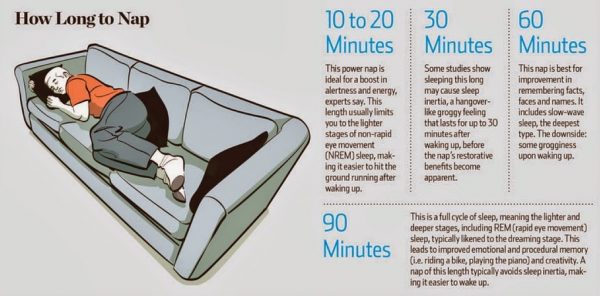Around the world, there are towns and areas that deliberately shut down so their residents can take a proper nap and reboot. America, unfortunately, is not one of those areas and people there are not used to napping.
Napping is considered a normal and integral part of the circadian (sleep-wake cycle) rhythm. Naps are very beneficial for you!
If you want to recharge and get your energy back, a simple nap can do wonders for you. Your focus, concentration, and energy levels are not the same throughout the day, regardless of how long your night sleep was.
There are many companies, including Apple and Google, who allow their workers to take a nap before continuing their work. Medical studies are also pro-nap oriented and state they can strengthen the focus, productivity, and performance of people.
The University of Colorado Boulder study found that children who skipped their nap time have a bigger chance to suffer lack of joy and interest and experience health problems like anxiety, problem-solving skills. This is also true for adults.
Researchers at Berkeley discovered that adults who practice napping more often strengthen their memory function and learning skills because napping affects the brain positively and allows it to reboot and refresh.
How long should a nap last?
Experts claim a proper nap should last 10 to 20 minutes after which the brain will be regenerated. The brain’s function will be improved significantly. Naps are shorter and lighter than sleep itself so avoid expanding your nap to more than 20 minutes; you might feel blurry or groggy afterward.
The same is true for sleep that lasts an hour; the body starts to sink into serious sleep and if you break it you will feel more tired than before.

The longest naps, around 90 minutes, are intended for individuals that cannot sleep well or enough through the night.
Nap as much as possible and stay on point at all times. However, be mindful not to disrupt your regular night sleep. The sleeping process affects the body favorably and lets it improve its creativity and thinking capacity.
If you know someone who might like this, please click “Share!”
